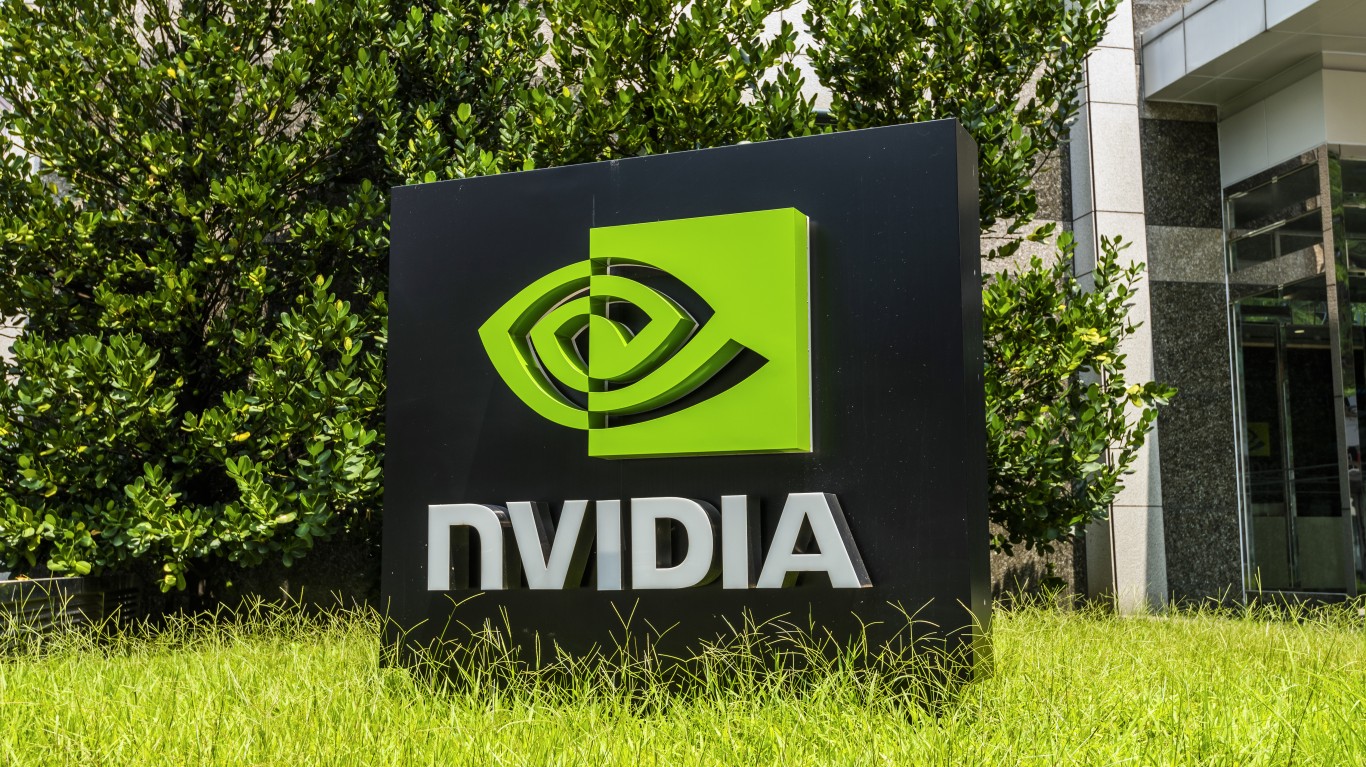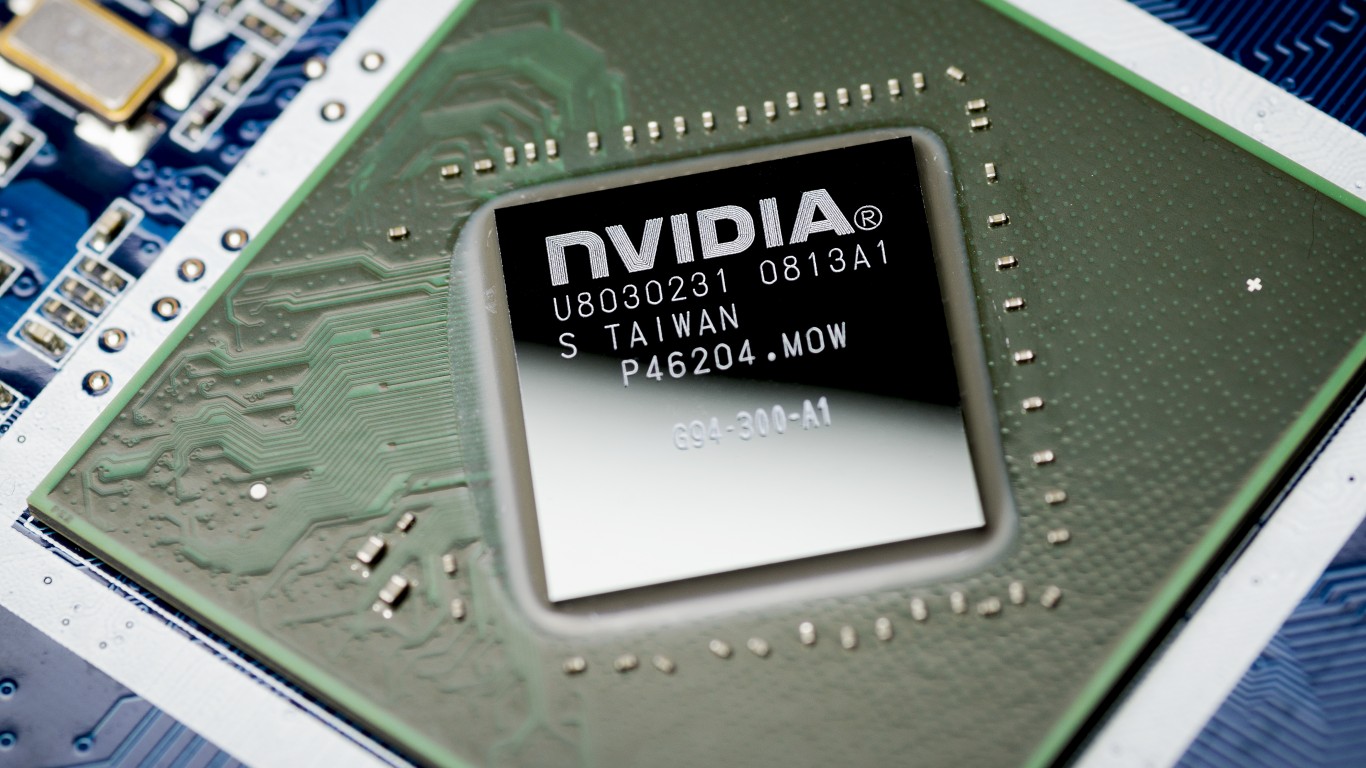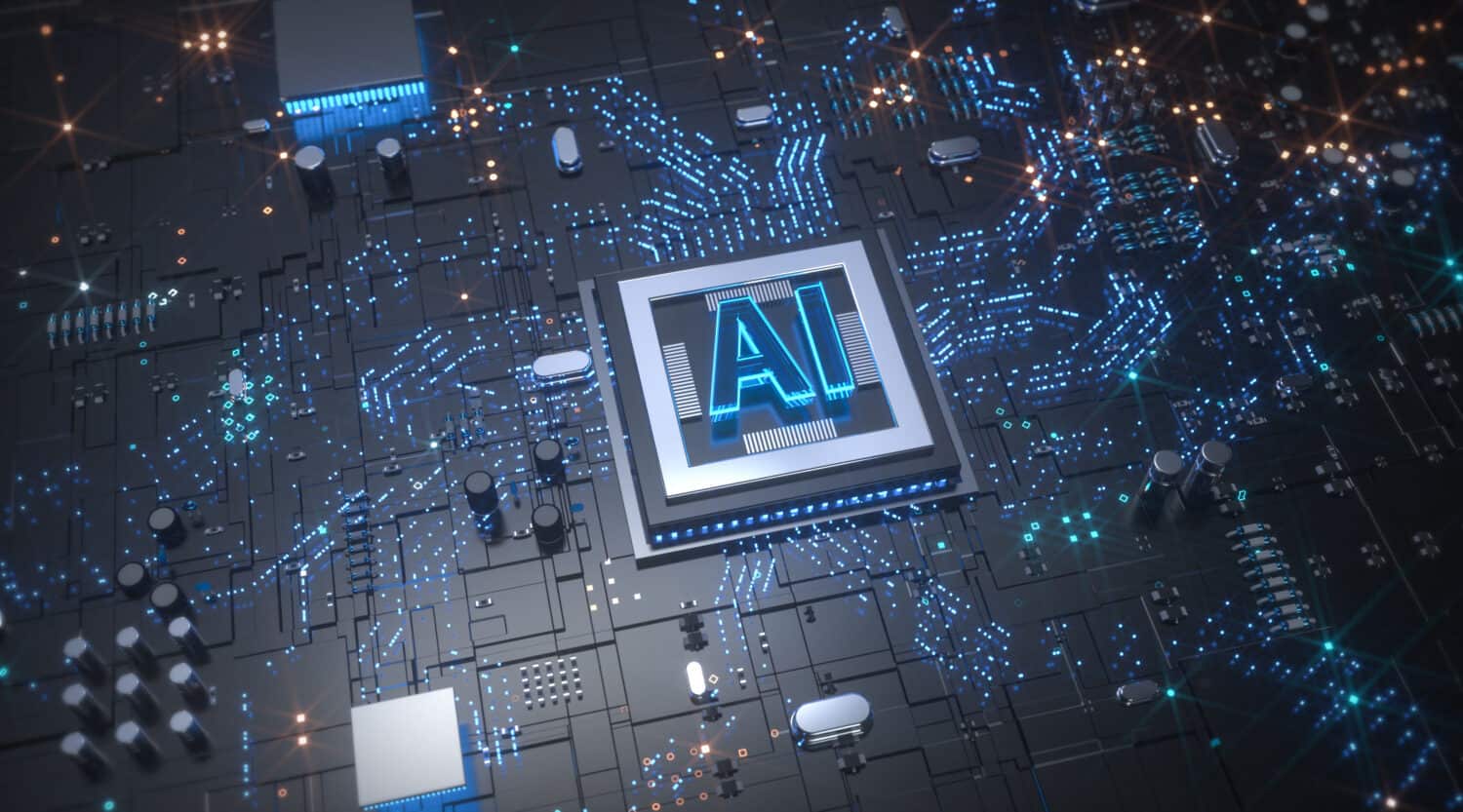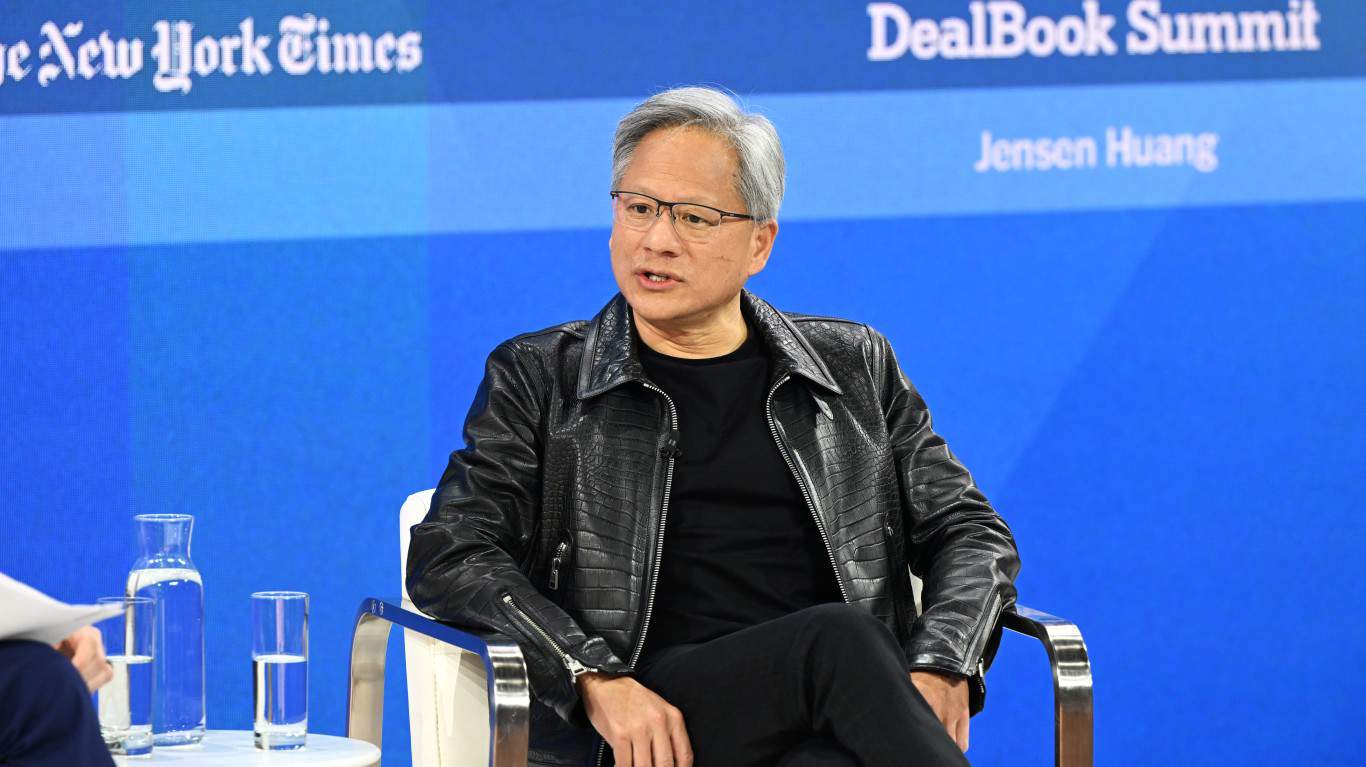

The Covid-19 Pandemic and subsequent global lockdowns impacted billions of people, and its repercussions are still being felt. Within the financial industry, the S&P 500 took a hit from 3,337.75 in February, 2020 to 2,304.92 by March 20: a thousand point crash in only 30 days.
Since that time, the Dow Jones Industrial Average has climbed to new heights, largely on the back of “The Magnificent Seven”, which are: Microsoft (NASDAQ: MSFT), Meta Platforms (Facebook) (NASDAQ: META), Amazon (NASDAQ: AMZN), Alphabet (NASDAQ: GOOG), Apple (NASDAQ: AAPL), Tesla (NASDAQ: TSLA), and Nvidia (NASDAQ: NVDA).
Nvidia has been one of the leaders of this post-pandemic surge, so let’s take a look as to why Nvidia stock, which has gained over 13X since that time roughly four years ago, was able to accomplish so much.
From Graphics Accelerators to GPUs

Nvidia’s beginnings were filled with struggles. Within its first three years of operation, founder and CEO Jensen Huang had to fire half of his employees trying to get the RIVA 128 graphic accelerator for 3D graphics completed and out to market. Having burned through $20 million in Venture Capital funding down to being a month away from bankruptcy, Nvidia finally succeeded, and the RIVA 128’s sales fueled Nvidia’s fortunes enough for it to go public in 1999.
Nvidia soon after released its first Graphics Processing Unit, the GeForce 256, which was crucial for accelerating 3D consumer hardware for video content, leading to landmark graphics hardware design contracts for Microsoft XBOX and Sony (NYSE: SONY) PlayStation 3’s RSX graphics processor. By 2012, the company’s GPUs would be crucial to powering the AlexNet neural network, which set the stage for commercialized Artificial Intelligence (AI).
As Nvidia continued to grow, it expanded its product line, including their RTX series GPUs in 2018, which pioneered real-time ray tracing, This graphic rendering method mimics the actual physical behavior of light, which creates the hyper-realism key to the success of virtual reality in video graphics for video gaming and AI.
High profile deals with Toyota (NYSE: TM), Baidu (NASDAQ: BIDU), and Alphabet (still Google in 2018) would follow.
Prospering Through a Pandemic

Unlike thousands of other companies that were negatively impacted by the local government mandated lockdowns during the Covid-19 outbreak, Nvidia was not one of them.
AI would prove to be the winning horse in Nvidia’s race to the top. Nvidia continued to improve its GPU offerings and created new partnerships for expanding the applications for AI. In October 2020, Nvidia announced the plans to design the Cambridge-1 supercomputer. In collaboration with AstraZeneca, GlaxoSmithKline, King’s College London, the Guy’s and St. Thomas NHS Foundation, and other organizations, the Nvidia Cambridge-1 is the UK’s largest supercomputer, and was specifically created for British healthcare research since its launch in 2021.
Nvidia also announced plans to acquire UK chipmaker Arm from Softbank, for $32 billion, but would be forced to withdraw after the European Commission launched an antitrust investigation. Nevertheless, Nvidia apparently still owns a $147.3 million stake in Arm as of February 2024, according to Forbes.
Jensen Huang’s AI Rocket

According to The Harvard Business Review, AI adoption skyrocketed because of the pandemic lockdown. As the pandemic lockdowns ended, the use of AI continued to grow, with ChatGPT and other platforms rapidly gaining popularity. Nvidia’s H100 GPU has since become so in demand from all of the top tech hardware companies that Larry Ellison of Oracle (NASDAQ: ORCL) told The Wall Street Journal that he and Elon Musk both had dinner with Jensen Huang, and the two tech titans literally spent “an hour of sushi and begging” with Huang for more H100s.
Nvidia’s GPUs became ubiquitous with AI, and Jensen Huang’s following would rapidly expand to arguably become as loyal and eager for his latest updates as those from the late Steve Jobs. The Taiwan-born tech entrepreneur who faced bankruptcy less than 30 years ago is now one of the top AI leaders on the planet.
Post-Pandemic Performance

Nvidia, which was roughly trading at $63 per share on March 23, 2020, has risen to $880.08. That is an amazing run of 1,560%.
In fact if you invested $10,000 during the Covid crash and held it to today, you would have $165,510.
Take This Retirement Quiz To Get Matched With A Financial Advisor (Sponsored)
Take the quiz below to get matched with a financial advisor today.
Each advisor has been vetted by SmartAsset and is held to a fiduciary standard to act in your best interests.
Here’s how it works:
1. Answer SmartAsset advisor match quiz
2. Review your pre-screened matches at your leisure. Check out the advisors’ profiles.
3. Speak with advisors at no cost to you. Have an introductory call on the phone or introduction in person and choose whom to work with in the future
Take the retirement quiz right here.
Thank you for reading! Have some feedback for us?
Contact the 24/7 Wall St. editorial team.



